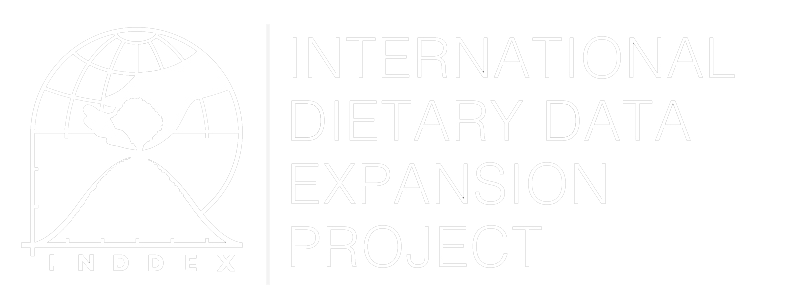Volatility of Food Prices standard deviations of prices over time
Overview
Market-level analyses are an important method of measuring food security and can serve many purposes, including estimating domestic supply against population need, evaluating market response to changes in supply or demand, and providing insight into the consumer prices of food versus those of other goods (World Food Programme, 2009). The volatility of food prices is one of several market-level indices included in the Data4Diets platform, which also includes the domestic food price index and the food affordability index. All three of these indicators use consumer-level data to measure food prices faced by consumers in markets. Unlike the other indices mentioned, however, the volatility of the food price indicator quantifies the intensity of fluctuations in food prices over time, rather than measuring the price level itself. It is commonly reported on a monthly or annual basis and uses a monthly consumer food price index and a rolling standard deviation of growth rates to compute volatility. High volatility can increase vulnerability to food insecurity by increasing uncertainty, contributing to asset draw-down during price peaks, and a consequent reduction in real incomes and calorie consumption by both urban and rural net consumers, as poor households are unable to substitute cheaper foods in the face of price increases (von Braun & Tadesse, 2012).
Method of Construction
This indicator can be calculated on both an annual and monthly basis and is reported as the standard deviation around the mean of the price index over the reference period. It is based on a monthly domestic consumer food price index, such as the food price index calculated by the Global Information Early Warning System (GIEWS) at the Food and Agriculture Organization (FAO).
The GIEWS index takes the log of monthly price changes and calculates the monthly standard deviation over the previous 12 months. The length of the interval used influences how short-term and long-term fluctuations are reflected, as indicators that use longer intervals tend to obscure short-term volatility, while using shorter intervals may highlight fluctuations that more or less cancel each other out over time (Diaz-Bonilla, 2016). For information on how GIEWS calculates its price volatility index, see the GIEWS indicator description page.
Uses
The GIEWS volatility of food prices index is used as one of three market-level indicators to track potentially detrimental increases in food prices and is reported monthly on the country level for several major commodities (GIEWS Food Price Monitoring and Analysis Tool). Although GIEWS provides indices based on major commodities, other indicators may be a superior choice depending on research or programmatic needs. For example, if more detailed information on food groups is required, the domestic food price indices are often available and disaggregated by major food groups.
Strengths and Weaknesses
One strength of this indicator is that it is comparable within and across countries and over time. This allows for the identification of changes in food prices that are abnormal, and thus potentially indicate increased vulnerability to food insecurity, as it is used by GIEWS.
However, a weakness of this indicator is that it is only available at a national level, and therefore may not accurately reflect local price conditions faced by households and individuals in poorly integrated markets. Additionally, annual calculations may obscure seasonal price fluctuations and aggregate indices may obscure differing price fluctuations in nutritionally important foods (Diaz-Bonilla, 2016), particularly cheap staples that may be of importance for vulnerable households.
Some have questioned whether the use of a simple rolling average of unconditional standard deviations is an adequate measure of volatility since it does not incorporate the effect of past volatility on current volatility (Food Security Portal, 2011), while others have argued that high food prices, rather than high food price volatility, should be the priority concern of pro-poor government policy (Barrett et al., 2011), as high food prices have been shown to be more closely tied with political unrest (Bellemare, 2011).
Data Source
Monthly country-level food price volatility data can be downloaded from the GIEWS Food Price Monitoring and Analysis Tool for specific commodities.
